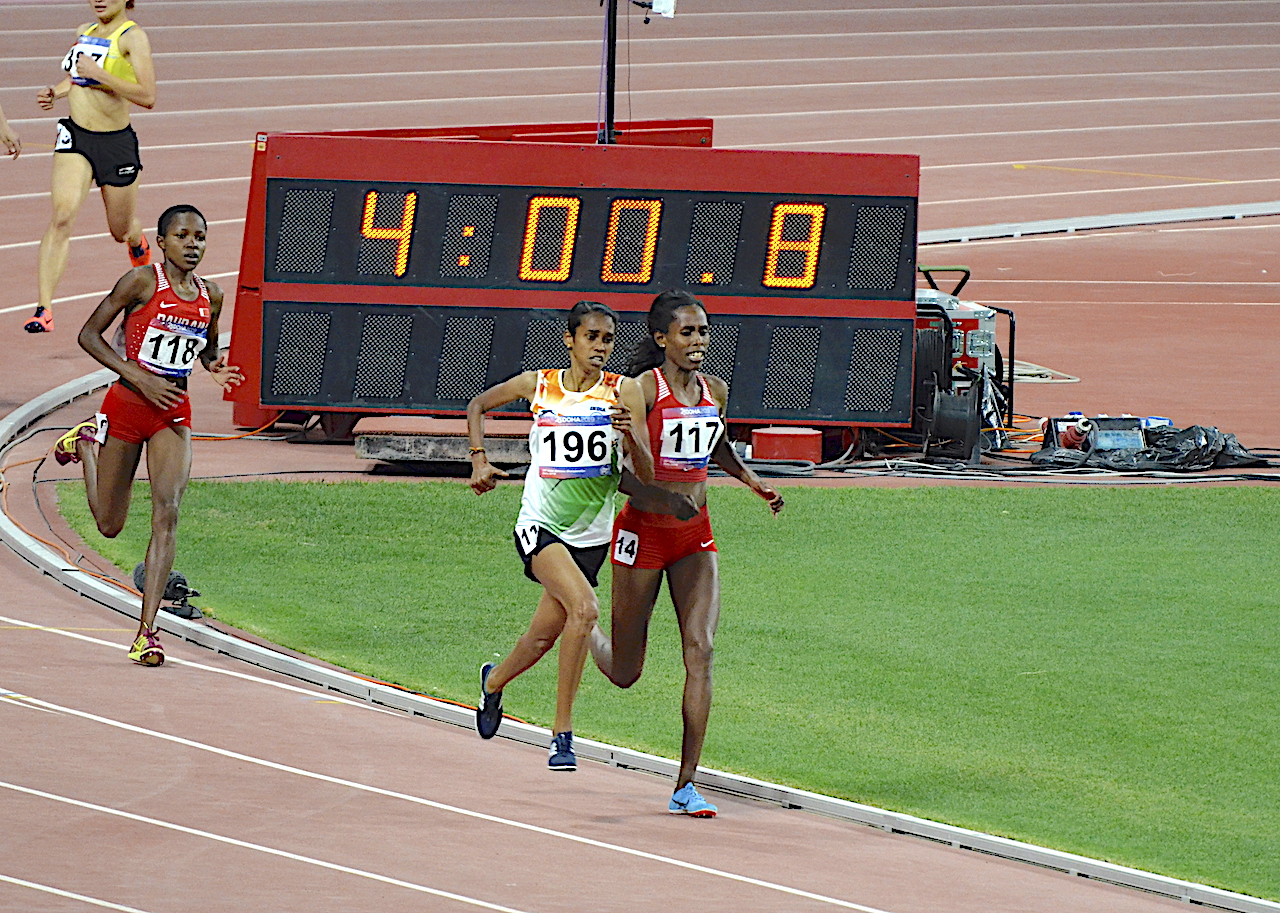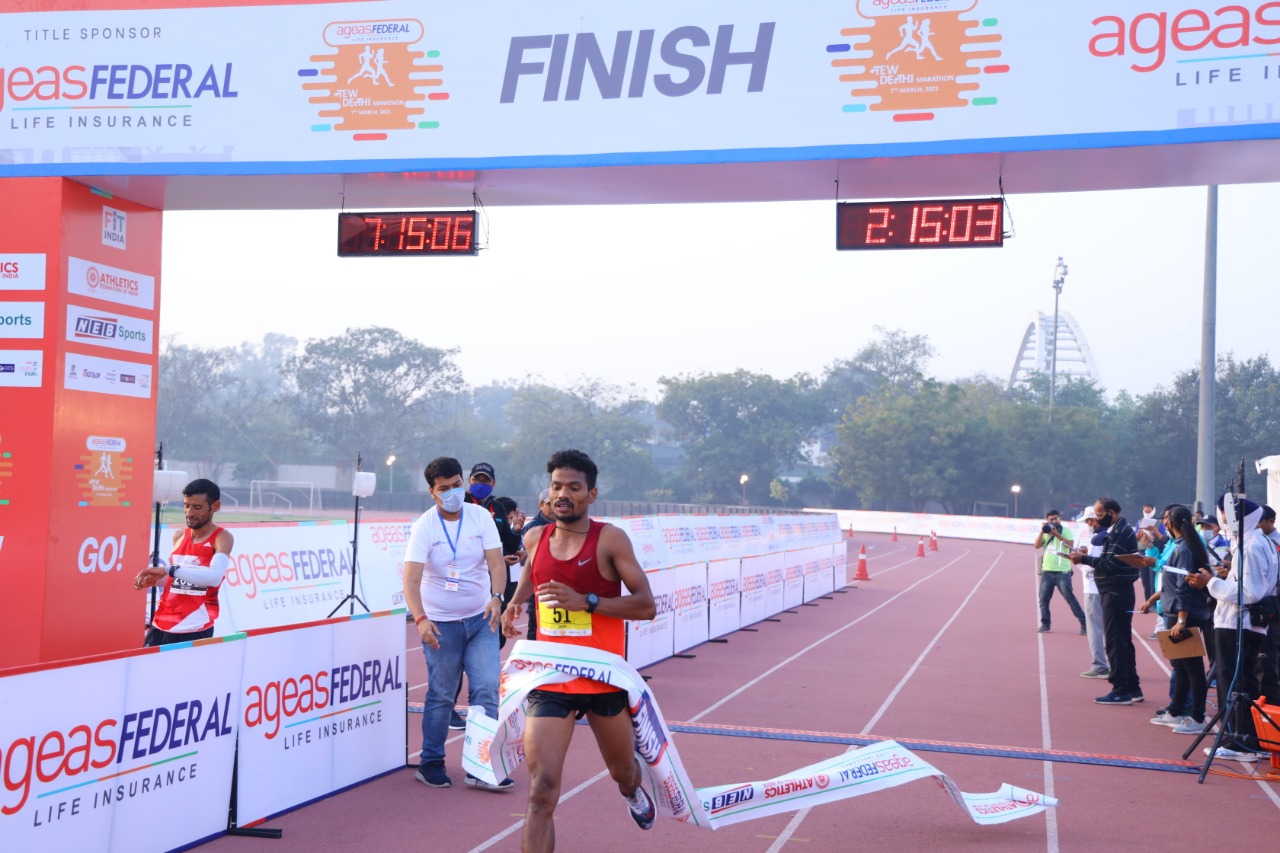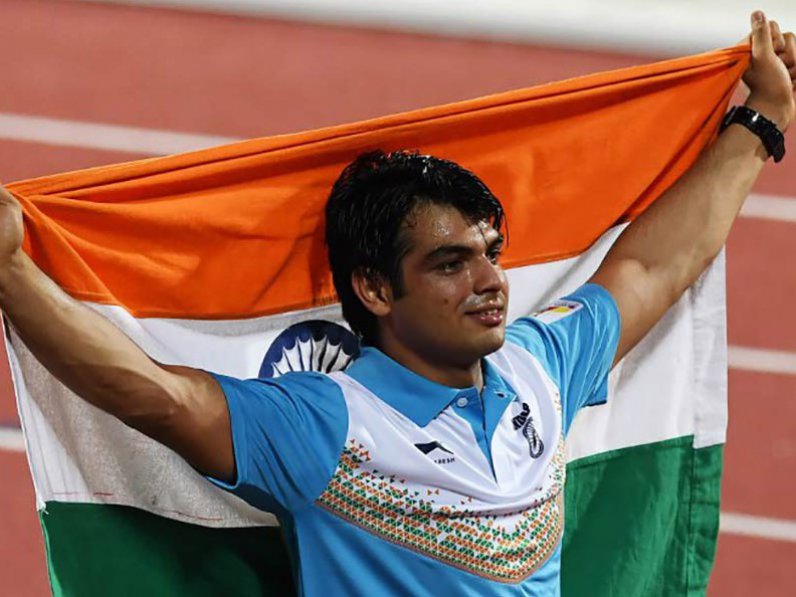Bahrain, an Asian island country, made waves in the recently-concluded Asian Athletic Championship held in Doha, Qatar. It topped the able with 11 gold, 7 silver and 4 bronze medals. An impressive sweep considering its human resource is just above a million. A dig into this impressive show highlights a less popular idea of importing athletes.
Bahrain has been legally adopting athletes from athletic hotspots like Nigeria, Kenya, Ethiopia etc. A policy that is well within the framework of the apex athletic body International Association of Athletics Federations (IAAF).
With many of the world’s athletics records sprouting from African clay, Bahrain certainly has carved a name for itself on the athletics map. But that also prompts the question on what it means for Asian athletic leaders like China, Japan and India.
More so since the 11 gold for Bahrain came from athletes native to Nigeria, Kenya, and Ethiopia prior to their allegiance to Bahrain. The showstopper this year, Salwa Naser (Nigerian-born) swept the women’s 200m and 400m gold. She was also instrumental in Bahrain claiming 4×400 women’s and mixed relay gold medals, which otherwise may have been won by India.
This has led to an outpouring from athletics enthusiasts across Asia about lost medals. Now, can the same be said for the impact of their performances on fellow athletes?
This edition has produced 11 world leads and nine championship records not to mention numerous national records and personal bests. Abderrahman Samba, the Saudi-born Qatari athlete, second fastest 400m hurdler ever, set a frantic pace of 47.51 seconds that produced personal bests from four of the finalists.
Dawit Fikadu in the men and Shitaye Habtegebrel in the women, from the Ethiopian clay that gave the best world’s best distance runners like Haile Gebrselassie, Kenenisa Bekele and Abebe Bikila to name a few, prompted personal bests from the Indians, Gavit Murli Kumar and Sanjivani Jadhav who won bronze medals in the 10000m.
The same pattern can be found in women’s 5000m with Kenyan-born Winfred Mutile Yavi who also took gold in the women 3000m steeplechase, at the helm and a personal best for Parul Chaudhary in the bronze.
But, all was not lost to such athletes.

PU Chithra, the defending 1500m champion, retained her title by closing on the Bahrainis, Winfred Yavi and Tigist Gashaw, on the home stretch. The performance of all three podium finishers was better than Chitra’s gold medal winning time in the 2017 edition of the championship.
Chithra’s performance is the testimony to ‘even with the Africans’ instead of ‘If not for the Africans’. It is this light at the end of the tunnel that we should be led by, if Olympics and World Championships are on our radar.
The showstopper and current World No. 1 in women’s 400m, Salwa Naser lost just one of the eleven 400m races in the previous season, the IAAF Diamond League in Monaco. It was also the race that gave her a personal best and an Asian record at 49.08 Her best came at her low. Medal colour is only a reflection of the performance.
Considering the amount of ground to be covered for an Indian athletics show on the elite stage, we need as much exposure as possible against the elite runners. We need the Nasers and the Winfreds to bring out the best from the Chithras.
With Bahrain doing that for India at just the cost of the medal colour, India’s athletes showed that the could grab the opportunity rather than grumble.



